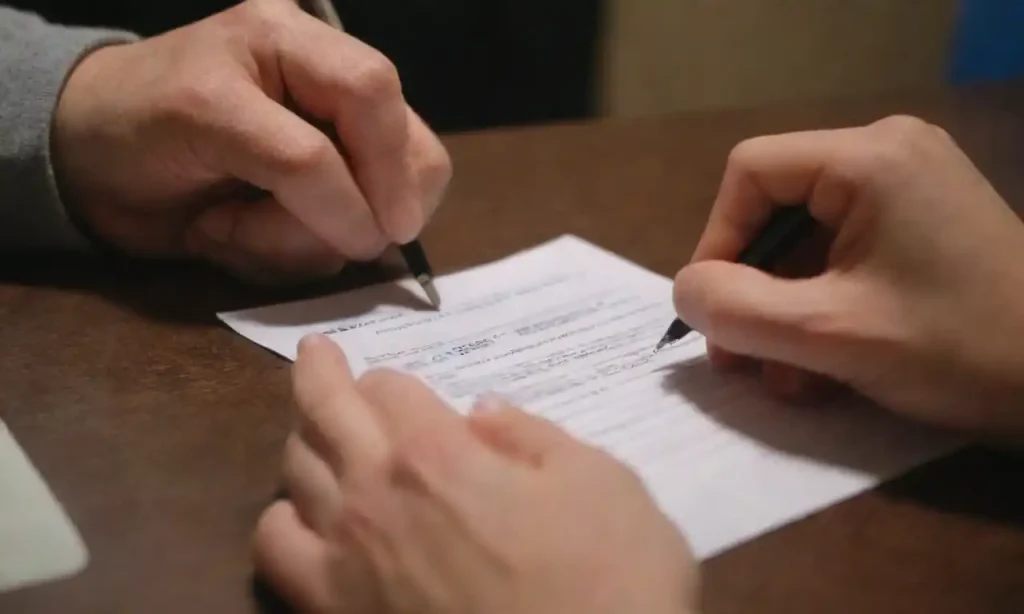How do liability waivers affect personal injury claims

When diving into the realm of personal injury claims, many individuals might encounter a concept often overlooked yet vital in the legal landscape: the liability waiver. Commonly associated with sports, recreational activities, and various events, liability waivers have the potential to significantly diminish one’s right to pursue legal action. Understanding how these waivers operate can empower individuals to navigate personal injury claims with more insight and control.
This article will delve deep into the intricacies of liability waivers and their impact on personal injury claims. By examining the legal definitions, practical applications, and judicial interpretations of these waivers, we will uncover the nuances that affect an injured party's ability to obtain compensation. Additionally, case studies and real-world examples will illustrate these principles in action, providing a comprehensive understanding of how liability waivers influence the outcome of personal injury claims.
Understanding Liability Waivers: What Are They?
To comprehend the impact of liability waivers on personal injury claims, one must first understand what a liability waiver is. A liability waiver is a legal document signed by an individual acknowledging the risks involved in a particular activity and agreeing not to hold the organization responsible for any injuries that may result. This document, often encountered in contexts such as sports activities, amusement parks, or even during recreational classes, serves to protect the provider from legal claims resulting from ordinary negligence.
The primary function of these waivers is to inform participants of the inherent risks associated with certain activities, allowing them to make informed decisions. By signing a waiver, the individual effectively relinquishes their right to file a lawsuit, which can lead to complications if they suffer an injury. The legal validity of these waivers largely depends on specific factors, such as jurisdiction, the clarity of language used, and whether the waiver complies with local laws. Thus, while they are crafted to protect organizing bodies, they can pose significant challenges for injured parties seeking redress.
The Legal Landscape: Enforceability of Liability Waivers
The enforceability of liability waivers varies from one jurisdiction to another, creating a complicated landscape for individuals considering whether to sign one. Courts often analyze these documents thoroughly to determine their validity. Several key factors come into play during this analysis, including the clarity of the waiver, the nature of the activity, and the language used to articulate the relinquished rights.
Specifically, for a waiver to be enforceable, it must be written in clear language that outlines the risks involved in the activity and must be conspicuously presented. Courts are generally less inclined to enforce waivers that contain ambiguous terms or are hidden in fine print. Moreover, certain activities such as skydiving or bungee jumping, which are considered inherently risky, may see a higher level of scrutiny of the waiver's language as compared to lower-risk activities. Hence, individuals should engagedly read and understand these waivers before signing, recognizing that some may not hold up in court under scrutiny.
Impact on Personal Injury Claims: Statutory Considerations
The presence of a liability waiver can dramatically affect the outcome of a personal injury claim. In general, if a waiver is deemed enforceable by the court, it can serve as a formidable barrier against a claim, leading to its potential dismissal even before the case is heard. This aspect raises essential questions about the limits of liability waivers, particularly in cases involving negligence or gross misconduct.
Situations involving *gross negligence*, wherein the organization or provider displayed a blatant disregard for safety, may present grounds for challenging the enforceability of the waiver. Courts may look favorably on plaintiffs who demonstrate that the organization failed to maintain reasonable safety standards, thus potentially invalidating the waiver due to public policy considerations. Additionally, some jurisdictions have statutes that limit the effectiveness of liability waivers for specific activities, a biting consideration for those engaging in recreational activities post-signing.
Case Studies: Real-Life Implications of Liability Waivers
Exploring real-life instances of liability waivers sheds light on how they play out in personal injury claims. One illustrative case involves a participant at a recreational event who signed a waiver acknowledging risks associated with an obstacle course. After sustaining an injury caused by improper maintenance of the equipment, the provider sought to dismiss the claim based on the signed waiver. However, the court ruled in favor of the participant, citing that the waiver could not protect the provider against gross negligence for failing to maintain safe conditions.
This case exemplifies that, even with a waiver in place, underlying principles of fairness and safety govern the enforceability of such documents. Thus, while liability waivers may provide a layer of protection to organizations, they are not absolute shields against all liability, particularly in instances of neglect or misconduct.
Conclusion: Navigating Liability Waivers in Personal Injury Claims
In conclusion, liability waivers play a pivotal role in the landscape of personal injury claims. By understanding their function, the legal considerations surrounding their enforceability, and their real-world implications, individuals can approach situations involving waivers with a greater sense of awareness and preparation. Although valid waivers may sometimes limit claims significantly, implications of negligence and the specific language of the waiver itself can substantially influence a court’s decision.
Ultimately, individuals should not take liability waivers lightly. Being informed and exercising caution before signing such documents can preserve one’s legal rights and ensure fair treatment in the event of an injury. When faced with personal injury claims, especially those affected by waivers, consulting with a knowledgeable legal professional can assist claimants in navigating through the complexities of their cases, ensuring that justice is sought while upholding their rights.

Leave a Reply